Let’s learn the interior design secret of layering! Discover how mixing textures, colors, patterns, and shapes creates depth and tells your story.
You may have heard me talk about depth and layering before. In fact, I’ve previously written an entire article dedicated to layering art!
But today we’re going to talk about interior design layering in general. Because decorating is more than just arranging furniture and picking color palettes. You want your home to reflect your style, your personality, and your story and layering helps to do this!

What is Interior Design Layering
In decorating terms, layering means combining different textures, colors, patterns and shapes to make your space cozy and eye-catching. Your home could have beautiful bones and nice furnishings, but without layers, it will feel a little flat. Like something is missing.
For you chefs out there, you can think of layering a bit like a lasagna. Noodles by themselves are plain, but once you add in the meat, cheese, sauce, and spices, you’ve created something that’s full of flavor! This is similar to interior design layering. All of the various elements in a room work together to create an overall look and feel and they are layered together seamlessly.
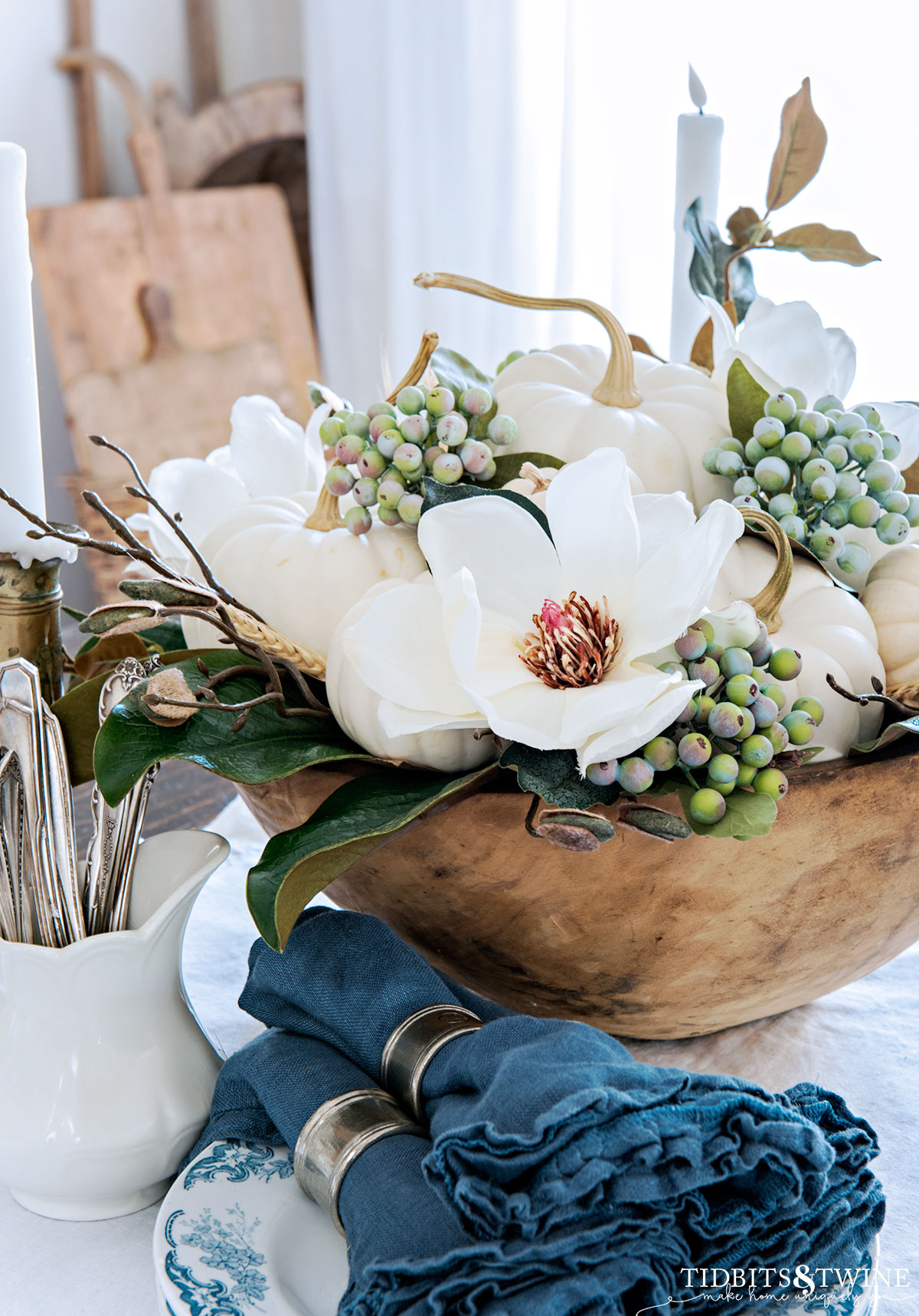
Layering is Not Clutter
Whether you’re a mimimalist, a maximalist, or somewhere in between, you can incorporate layers into your design. A maximialist might include more layers with bolder choices, but even a minimalist will benefit from adding layers.
But layering is a little bit science and a little bit art. You have to trust your gut and then step back and look at your space with an unbiased eye because not all layers look good. A lot of stuff does not equal a lot of layers! And too many elements, or those that don’t work cohesively, can lead to visual clutter!
Layering, when done right, should allow different design elements to work together to create balance and visual interest. This is where layering differs from clutter!
The Four Elements of Layering
Texture
In literal terms, texture refers to the surface of objects and how they look or feel to the touch. In decorating terms, though, adding texture means adding a variety of textures to create visual interest. Incorporating a mix of textures—such as plush fabrics, sleek metals, rustic woods, and glossy ceramics—adds tactile interest and depth to your design.
You can learn more about decorating with texture in my guide 8 Easy Ways to Add Texture

Color
Color is a language that speaks to our emotions and perceptions. Layering colors within a space adds depth and dimension. For example, your base color palette (walls) serves as a canvas, while additional layers of color accents highlight architectural details, furniture, and accessories.
My style leans toward neutrals, so I use a warm white as my wall color and introduce color through accessories.
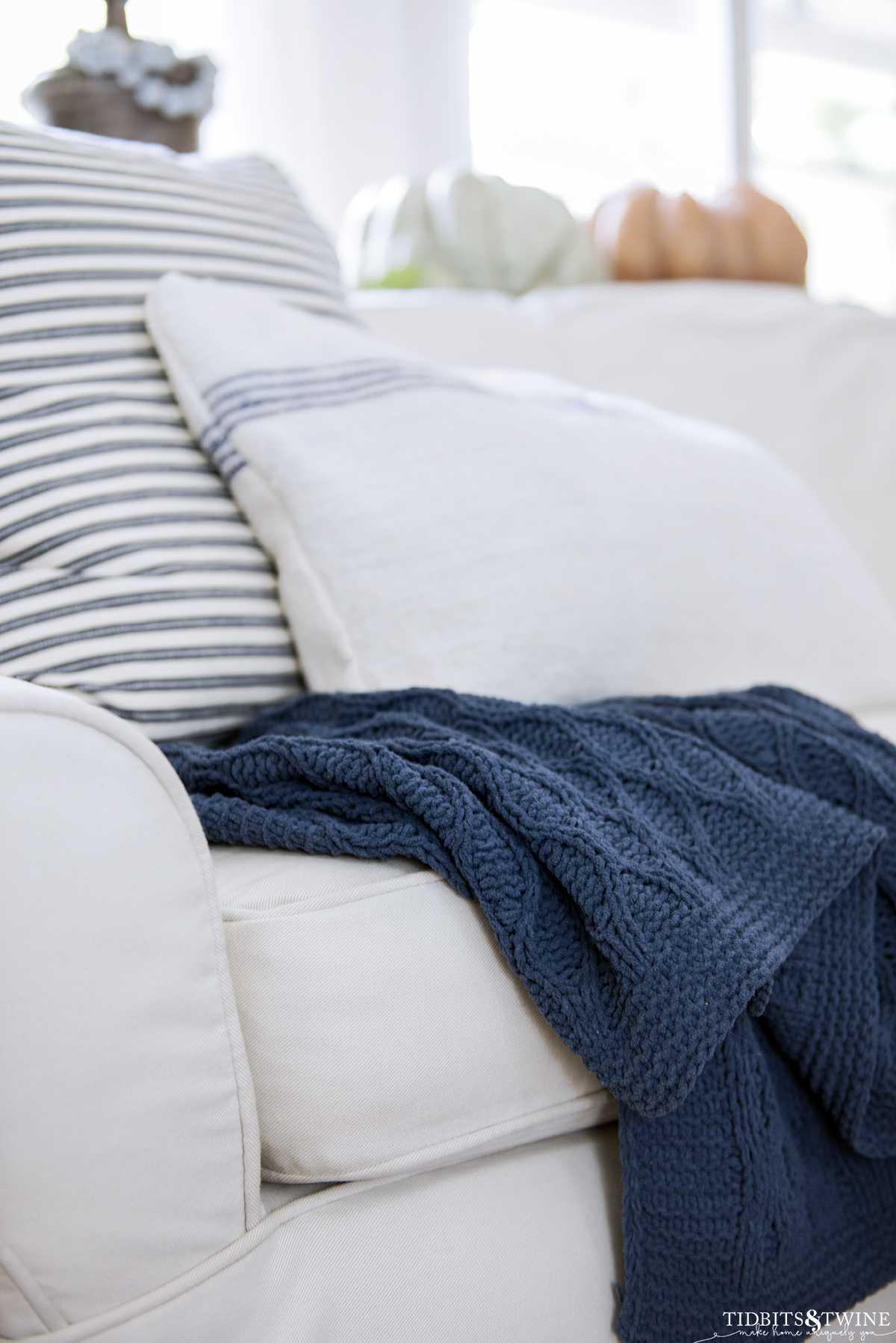
Pattern
Patterns inject movement, rhythm, and personality into a room. They can be bold or subtle, geometric or organic, traditional or contemporary. Patterns can be introduced through textiles, wallpapers, and accessories and layering patterns adds complexity to a space and creates visual interest.
Combining patterns within one color palette prevents visual chaos, creating a harmonious synergy. Or if you’re feeling confident, you and mix and match patterns like a pro!
Shapes
Incorporating various shapes is a game-changer in layered decorating. Mixing shapes helps to create contrast. So you might opt for oval dining chairs with your rectangular dining table and buffet. Or you can try a round coffee table paired with an angular sectional. Or you could try something as simple as a large round vase on a square coffee table!
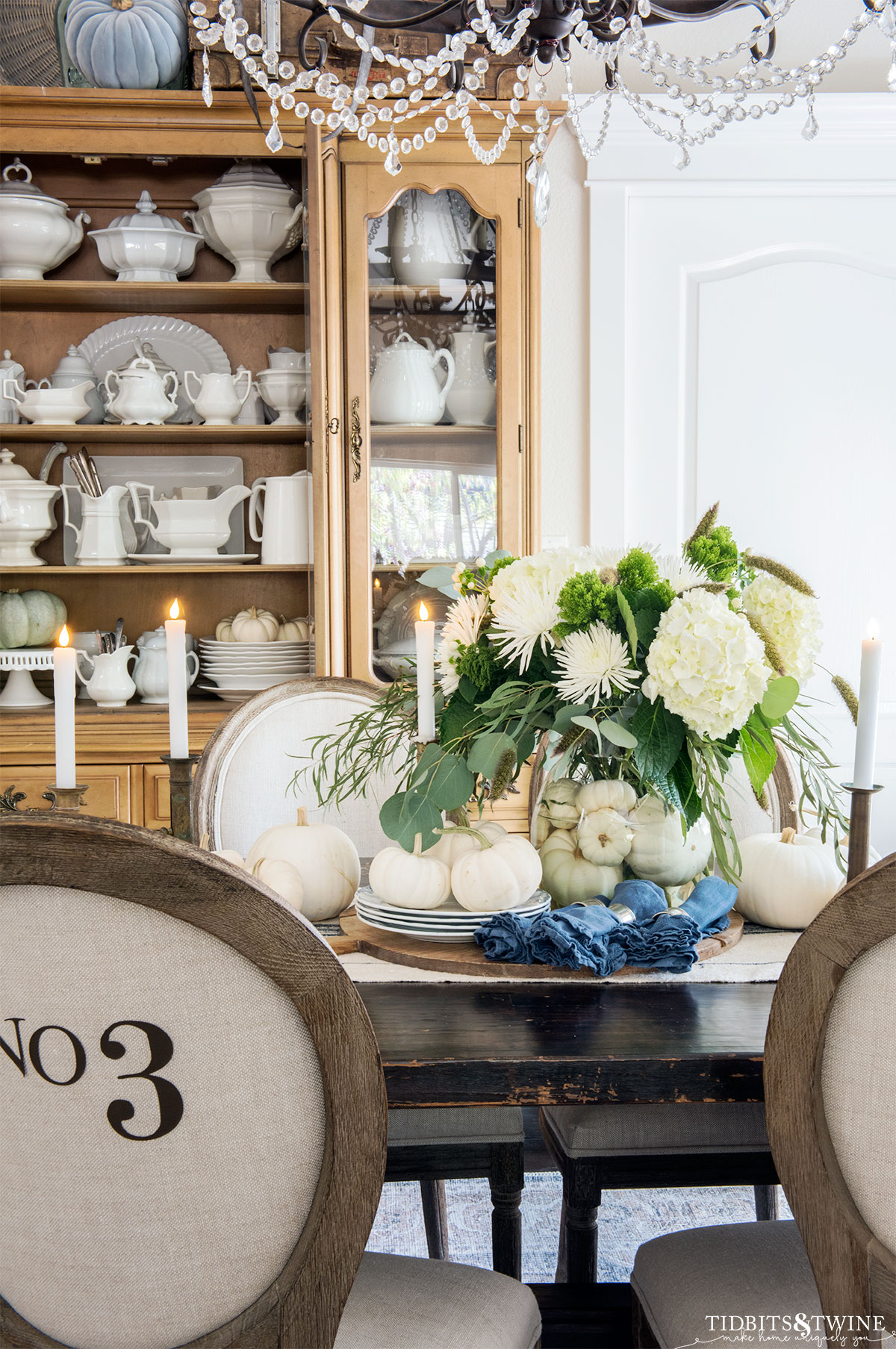
Tips & Tidbits for Layering
1. Start with Neutrals
Begin with a neutral color scheme as your base. Neutral tones provide a versatile canvas for layering textures and patterns.

2. Vary Textures
Introduce a mix of textures like velvet, leather, silk, and natural fibers. Incorporate them in textiles, furniture, and decor items. Some of the best combinations come from juxtaposition!
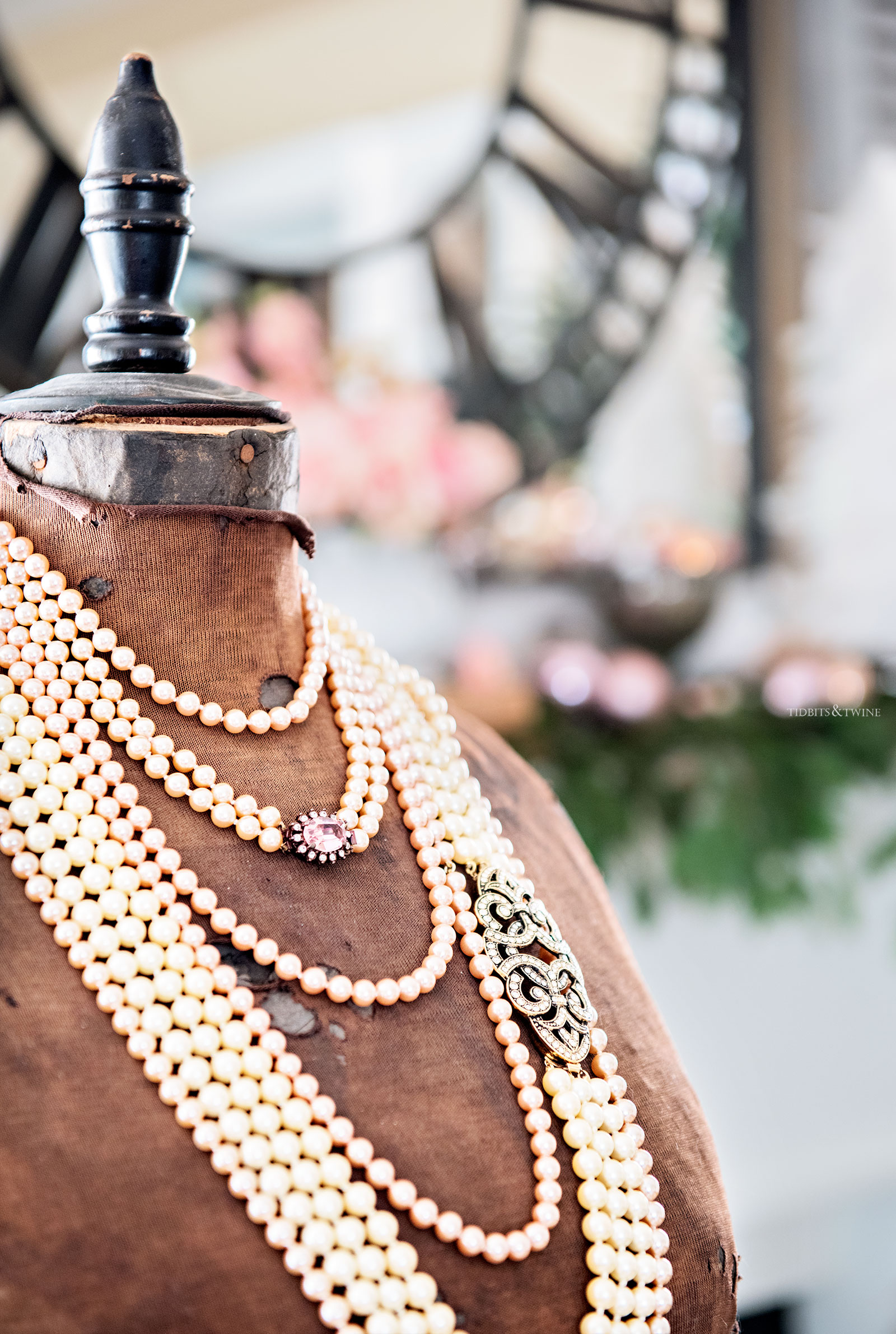
3. Blend Time Periods
Don’t be afraid to combine modern pieces with vintage finds. This juxtaposition adds character and layers of history to your space.
I love mixing antiques with modern elements. You can read my tops for Using Antiques in a Modern Way.
4. Mix Furniture Styles
It’s okay to mix your furniture styles! Mixing styles requires a bit of a balance, though, and there are some strategies to ensure your combination looks intentional.

5. Play with Heights
Mix furniture of varying heights to create a dynamic visual flow. For example, tall bookshelves, pendant lights, and low seating contribute to a layered look. Or have you ever seen an entry table with an oversized vase of branches on it! Sometimes, just a single extreme height can create a unique layer.
6. Accessories and Artwork
Layering extends to accessories and art. Grouping items of varying heights and sizes on shelves or walls adds intrigue.
One of my favorite ways to style a bookshelf is to layer artwork on it!
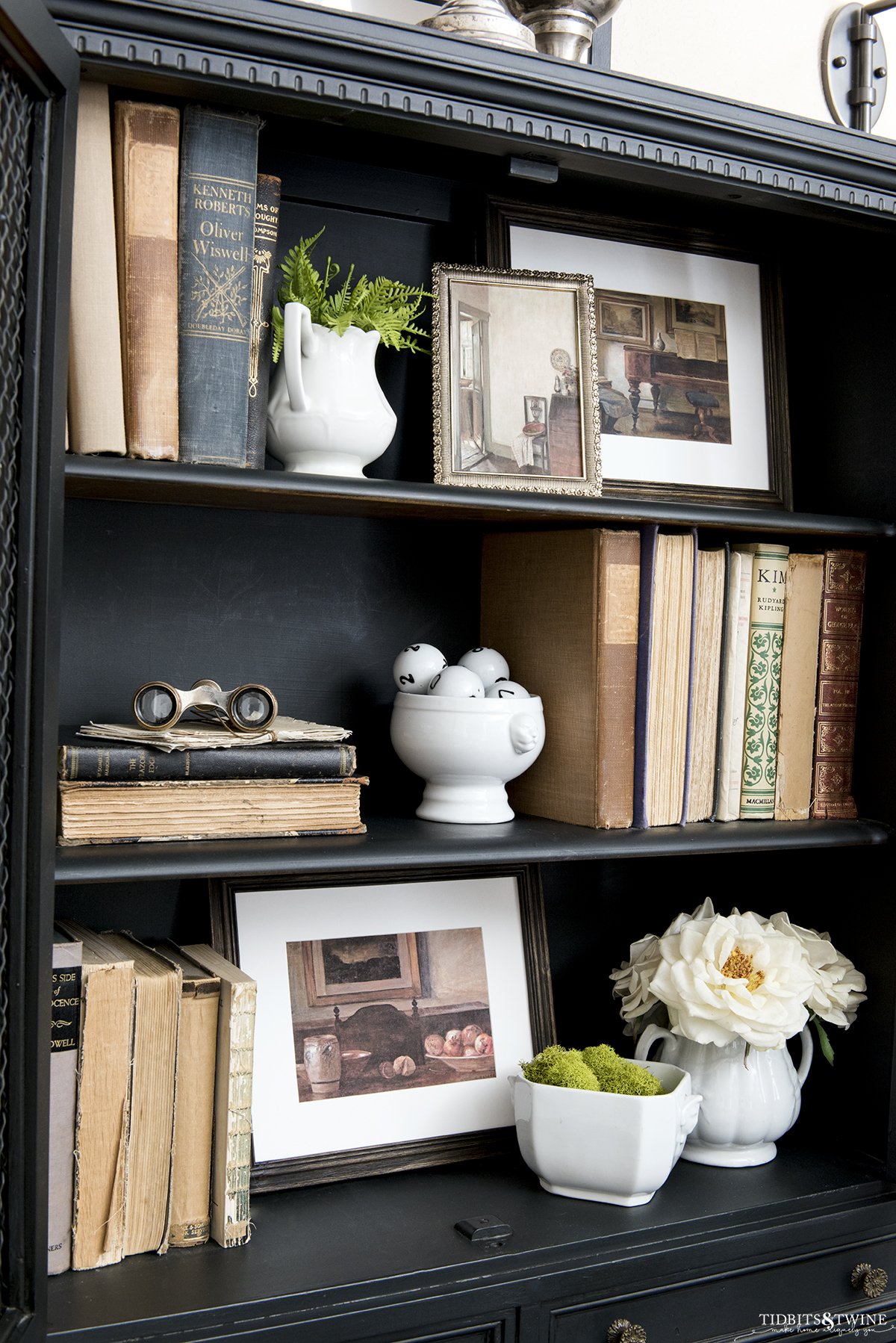
7. Rugs and Flooring
Layer rugs to define zones and introduce texture. Different flooring materials can also create visual demarcations.
You can learn more here: How to Layer Rugs and Why You Should!
8. Window Treatments
You can layer curtains or drapes with sheer panels or blinds to control light and introduce visual interest.

9. Lighting
Combine different lighting sources like ambient, task, and accent lights to create a dynamic and multi-dimensional atmosphere. Pendant lights, floor lamps, and hidden LED strips can cast shadows, highlight textures, and add depth to your space. Play with dimmers to control the intensity and mood. By layering light, you transform a room from flat to vibrant, enhancing the overall design while creating cozy nooks and focal points that draw the eye and make your space feel alive.
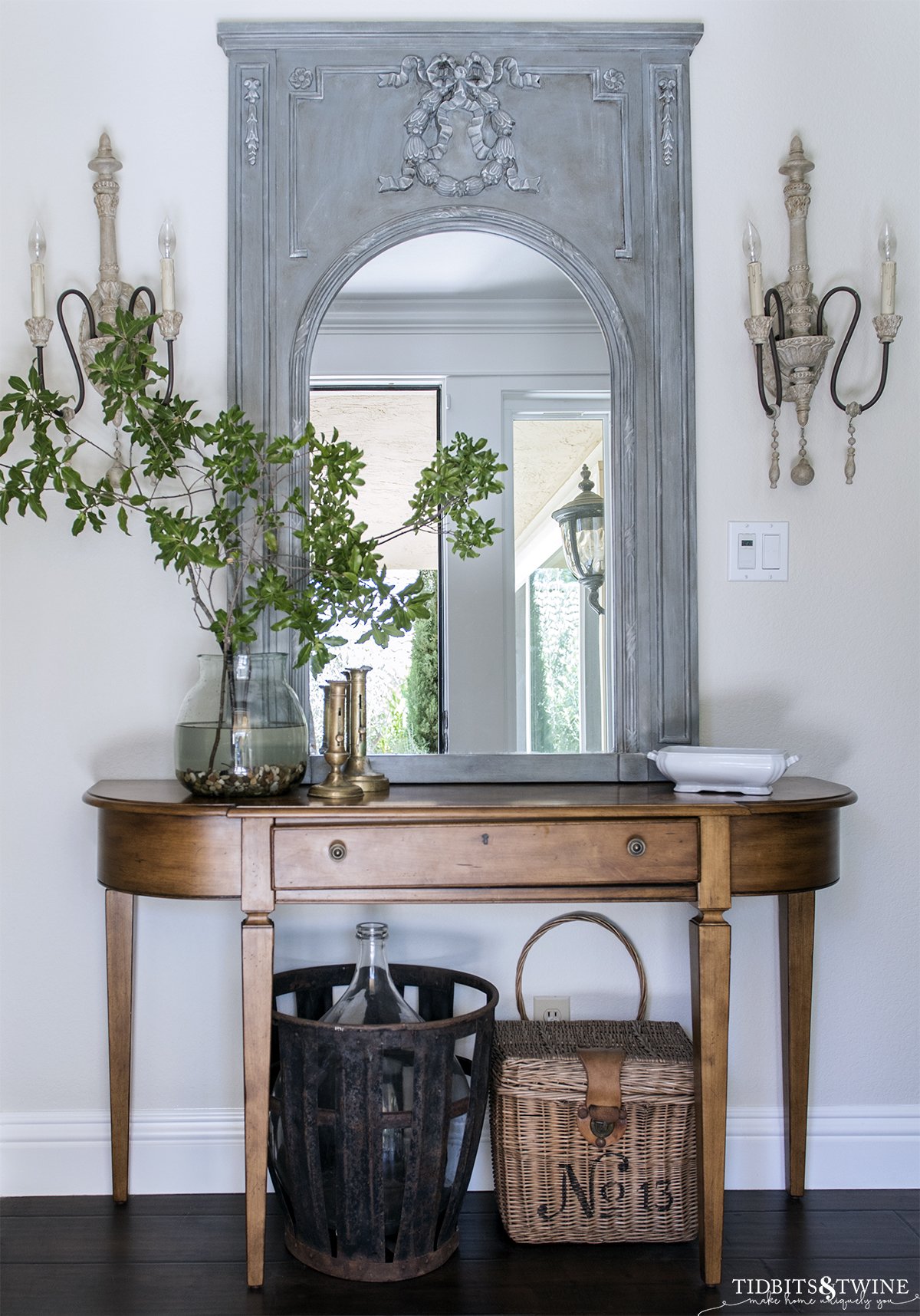
Decorating with layers: Ideas by Room
Living Room
Use an array of cushions and throw pillows, layered rugs, and mix-and-match furniture styles for a cozy and inviting atmosphere.
Learn to Style a Throw on the couch for an effortlessly chic look!
Bedroom
Layer bedding with different textures, from crisp linens to plush duvets. Incorporate varied sizes of decorative pillows for added depth.
Kitchen and Dining
Combine textures with varying finishes in cabinetry, countertops, and backsplashes. Layer table settings with different textiles and dishes.
Tip: One easy way is to use gorgeous but practical accessories on your counter!
Bathroom
Mix glossy tiles with matte finishes, layer towels, and mats, and use open shelving for functional yet decorative storage.
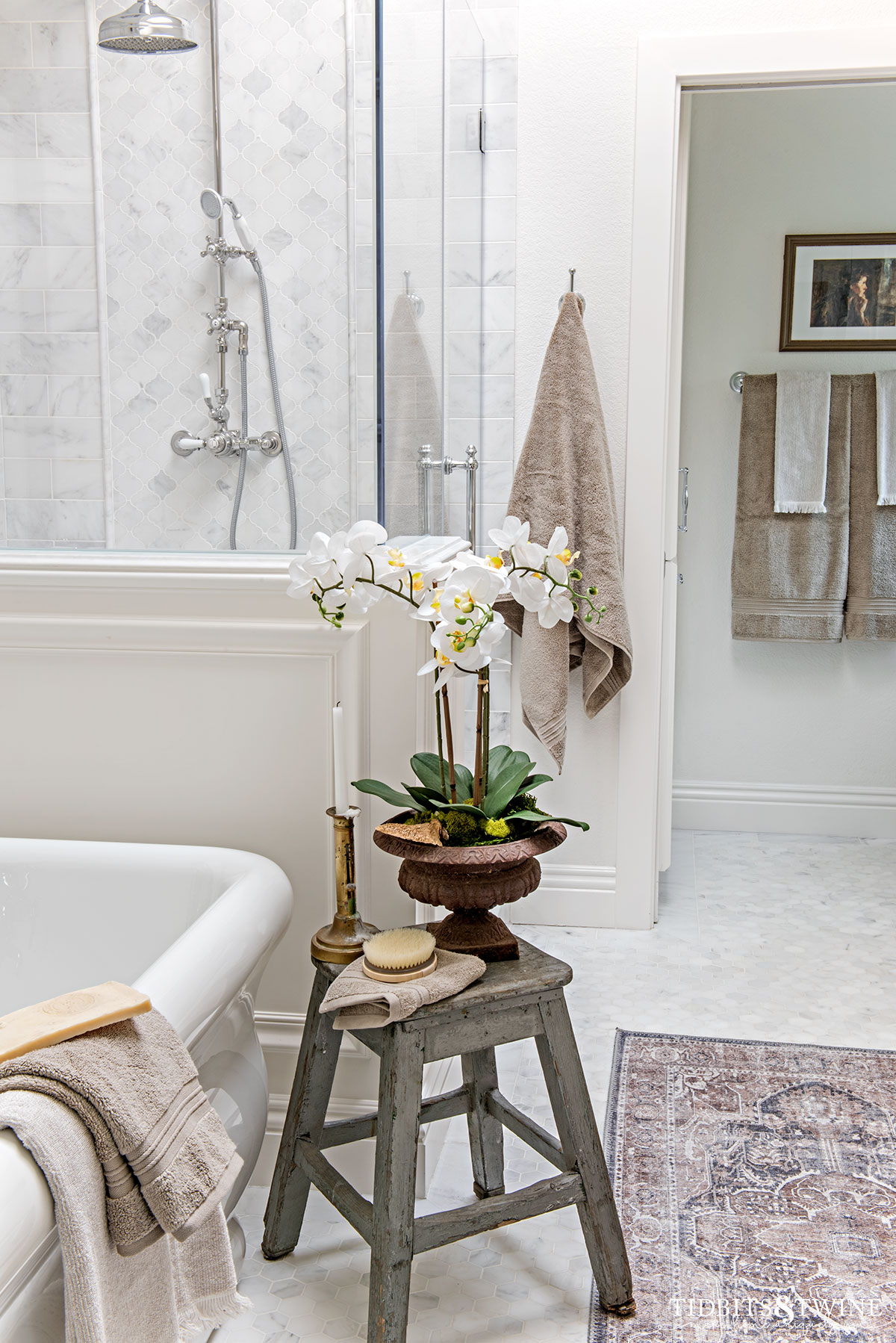
Join the Community
Let’s keep in touch! Get exclusive artwork plus the latest news delivered directly to your Inbox!



Great tips. When decorated windows were the thing, there was so much to learn about height and depth. Taking photos of your display tells a lot.
Yes! Taking photos is a great idea!